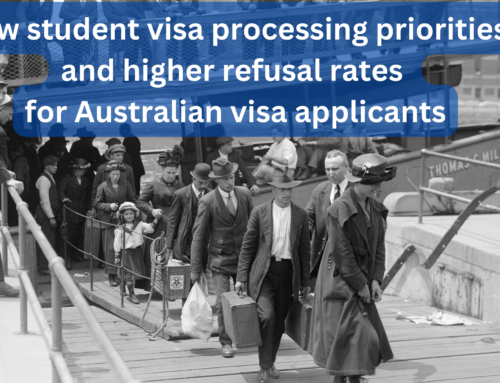International students at Australian universities make up nearly half of all master’s enrolments and one-third of doctoral candidates, making the country’s higher-degree programs disproportionately dependent on the foreign market.
International students make up 21% of all tertiary enrolments in Australia, compared to an average of 6 per cent in other countries, according to the OECD’s latest annual report comparing educational outcomes around the world.
Foreign students make up 14% of all enrolments in bachelor’s degrees at Australian universities but represent 48 per cent of all master’s students and 32% of doctoral candidates, which experts say will lead to a brain drain when these students return to their home countries.
“Currently, Australian universities depend on international students for their survival of higher-degree programs,” said Jihyun Lee, an associate professor at UNSW.
“While the Australian government provides up to four years of post-degree stay for international students, it is inevitable that Australia faces a drain of highly educated specialists.”
The chief executive of peak body Universities Australia, Catriona Jackson, said the proportion of international students enrolled in Australian “higher-degree programs is comparable to other popular study destinations, like the United Kingdom”.
“International higher-degree students are a fundamental part of our growing international research collaborations with benefits for the nation and for our economy. And once they graduate, they form a global knowledge network who are very important for Australia’s connections worldwide,” Ms Jackson said.
Overall, Australia “takes in 10% of all the international or foreign tertiary students in OECD member countries, one of the largest shares across OECD countries”, says the OECD report.
The report also shows that domestic students in Australia are less likely to hold a master’s or doctoral degree than those in other countries.
About 51 per cent of Australians aged between 25 and 34 hold a tertiary degree, compared to the OECD average of 44%, but only 10% have studied beyond a bachelor’s degree, compared to an OECD average of 15%.





Leave A Comment